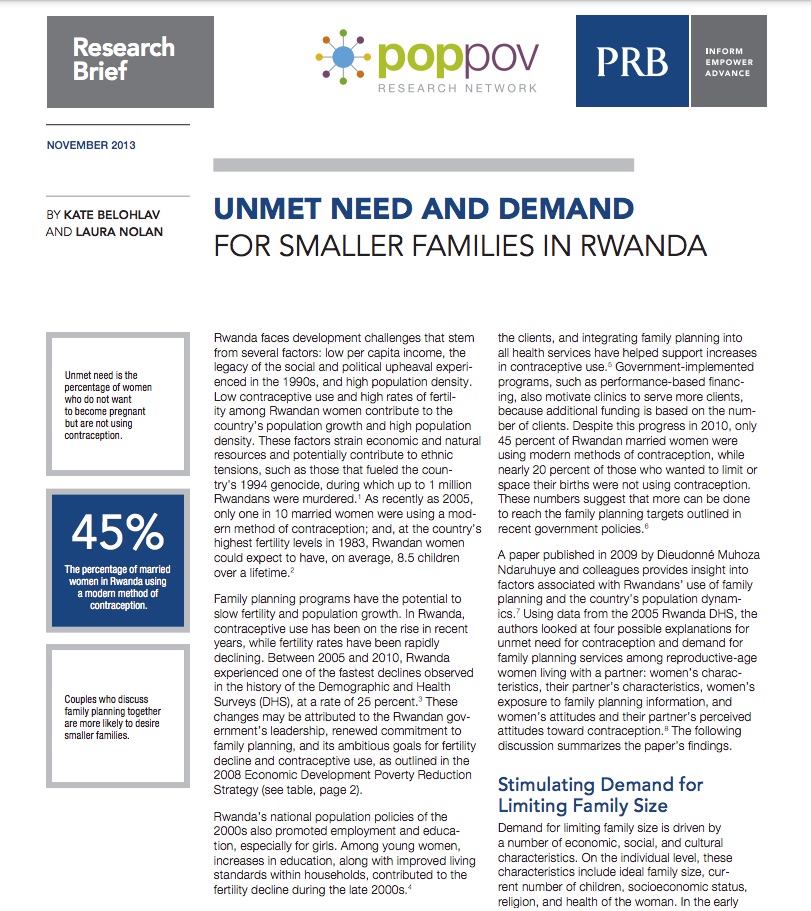Reducing Youth Unemployment in Sub-Saharan Africa
(2013) The youth population in sub-Saharan Africa is increasing rapidly. Nearly one in three people living in the region, or about 297 million, is between the ages of 10 and 24.
(2013) The youth population in sub-Saharan Africa is increasing rapidly. Nearly one in three people living in the region, or about 297 million, is between the ages of 10 and 24.
The introduction of water filtration and chlorination in major U.S. cities between 1900 and 1940 accounted for about one-half of the 30 percent decline in urban death rates during those years, according to research published in the February 2005 issue of the journal Demography.

Kenya is experiencing a growing epidemic of noncommunicable diseases (NCDs). A window of opportunity exists to address the four key NCD risk behaviors ( tobacco use, alcohol use, unhealthy diet, physical inactivity) in Kenya's large and growing youth population.

Project: PACE: Policy, Advocacy, and Communication Enhanced for Population and Reproductive Health
Overall use of contraceptives has increased globally, but use of modern male methods (condoms and vasectomies) remains low.
(2010) The Democratic People’s Republic of North Korea, one of the few remaining Communist countries, has demographic similarities and disparities with wealthier, democratic South Korea.
(2011) It may seem odd to put "youth" and "chronic diseases" in the same category. Worldwide, not many young people currently suffer from chronic diseases such as diabetes, heart disease, stroke, cancer, and lung disease, so why worry?

(2013) Rwanda faces development challenges that stem from several factors: low per capita income, the legacy of the social and political upheaval experienced in the 1990s, and high population density.

Project: Demography and Economics of Aging and Alzheimer’s Disease
While non-Hispanic Black adults make up 10% of the population ages 65 to 74, they account for 18% of COVID-19-related deaths in that age group.